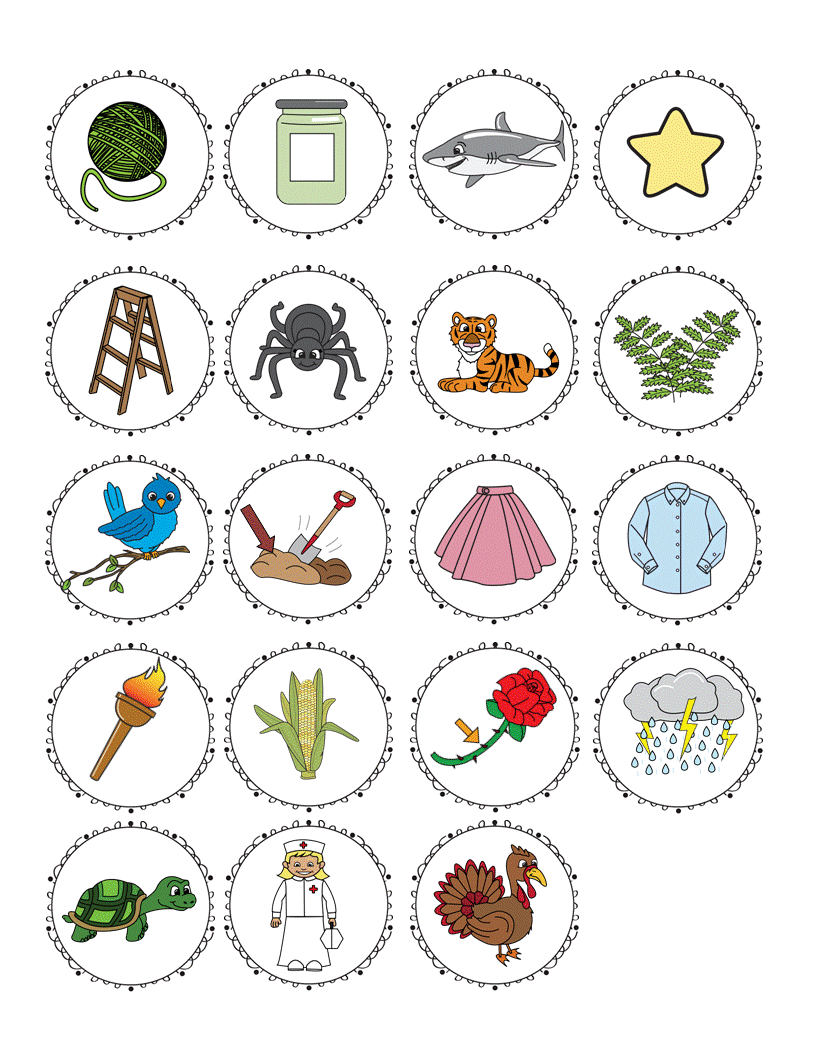
Using this methodology, the SLP achieves success with his/her student by targeting a sound in a phonetically consistent manner. Examples of increased complexity could include saying words in phrases and sentences, saying longer multi-syllabic words, or increasing the tempo of pronunciation. Most likely, a speech-language pathologist (SLP) would employ exercises to work on “ Sssssss.” Starting practice words would most likely consist of “S-initial” words such as “ say, sun, soap, sip, sick, said, sail.” According to this protocol, the SLP slowly increases the complexity of tasks (context of pronunciations) as the production of the sound improves. Take for example, correction of an “S” sound (lisp). That is, does the sound appear in the beginning of the word, middle, or end of the word (initial, medial, or final). Usually the position of the sound within a word is considered and targeted. The basic sound, or phoneme, is selected as a target for treatment.

Practicing with the resources provided by can help children identify and understand the influence of the bossy R and how it affects the R controlled vowels.One popular theory for correcting articulation disorders is to isolate sounds and work on correcting the sound in isolation. In preparation for the R, our tongue is tense and affects the way the E is pronounced. This is the result of the way the tongue must be held to pronounce the R.

Some also have additional sounds they can make, based on their surroundings. Each vowel has a long and short sound they can make. As students learn the alphabet and the sounds the letters make in order to gain phonological awareness, they’ll spend some time learning about the multiple sounds vowels can make.


 0 kommentar(er)
0 kommentar(er)
